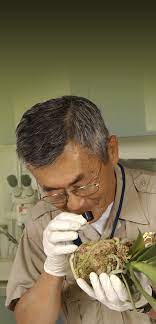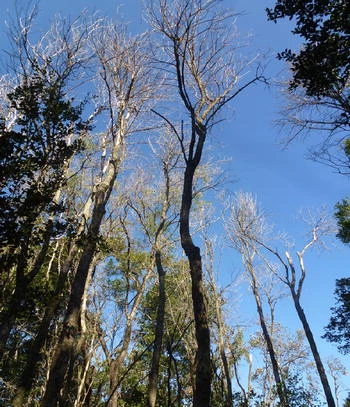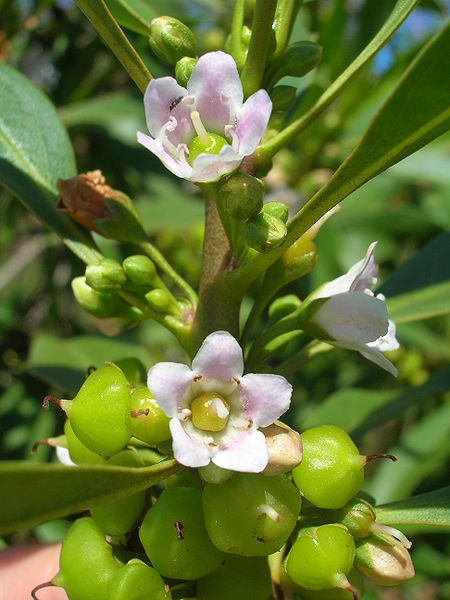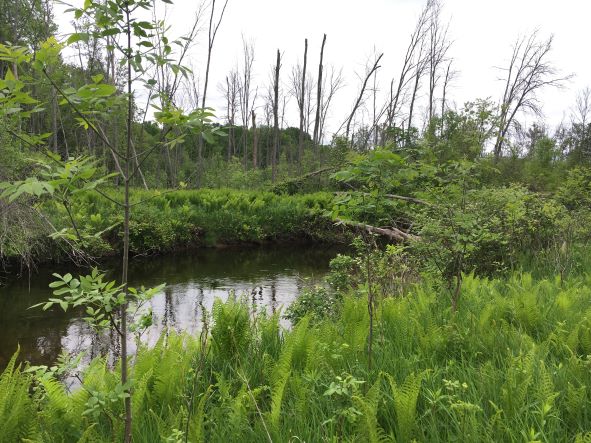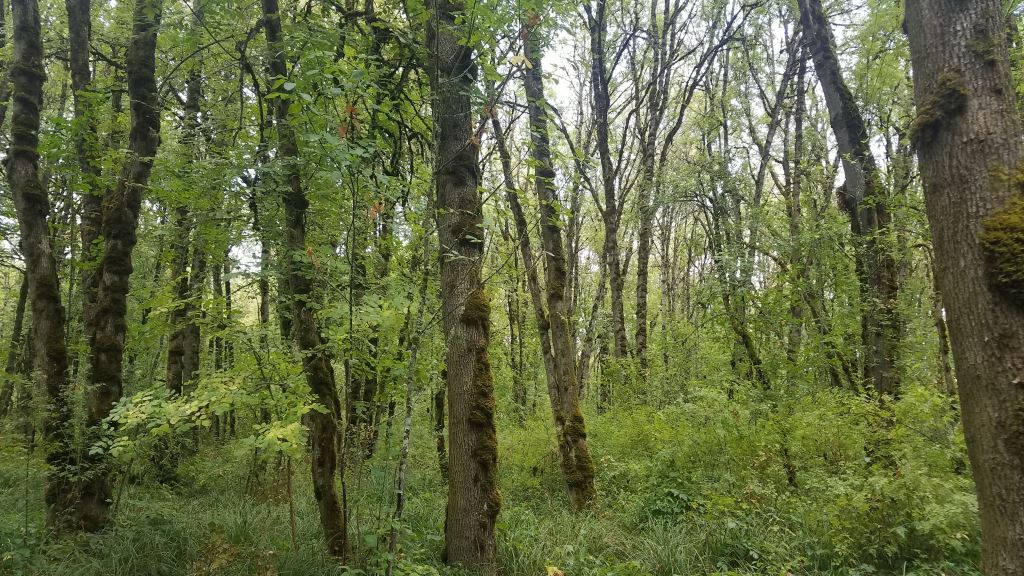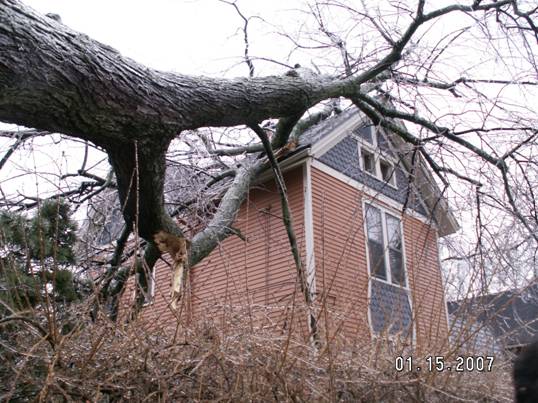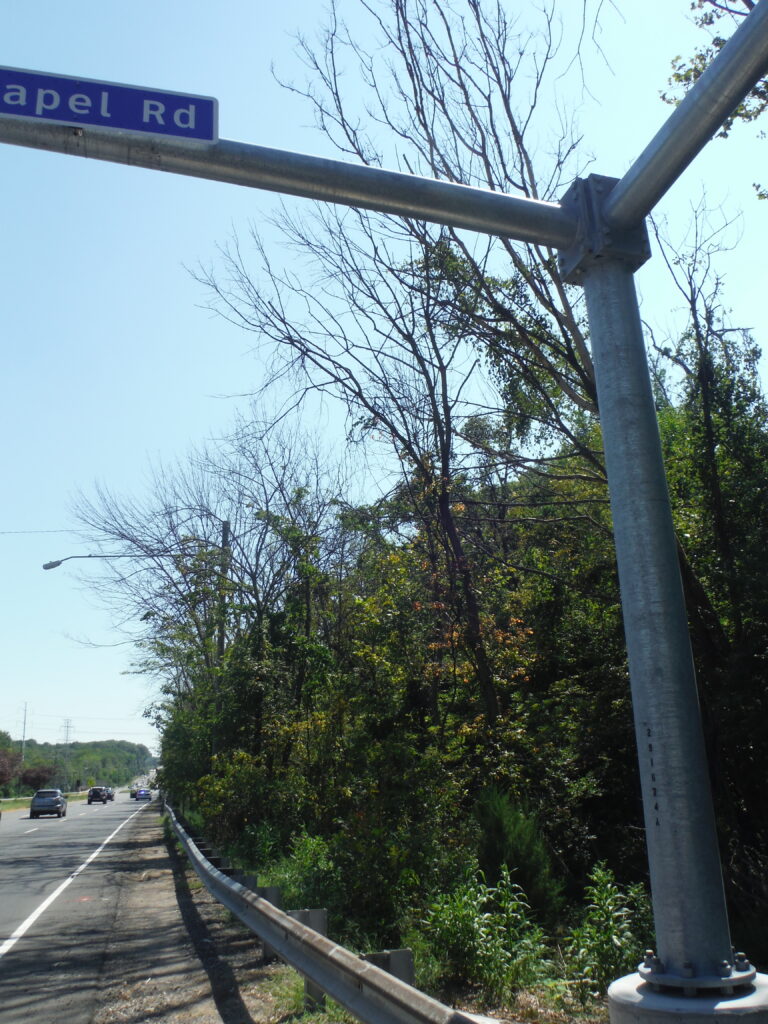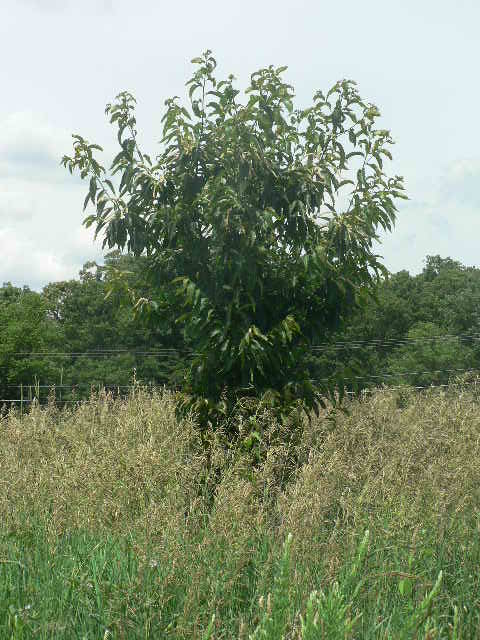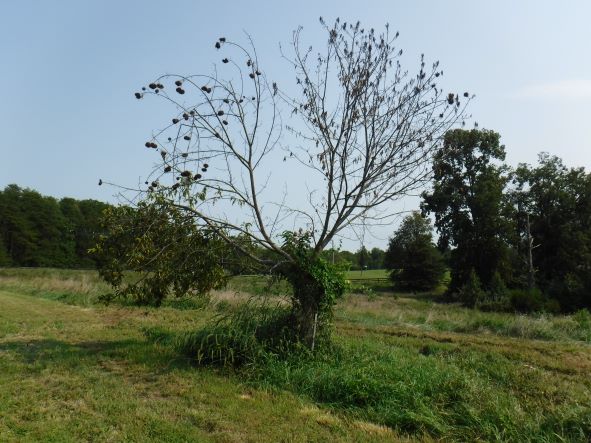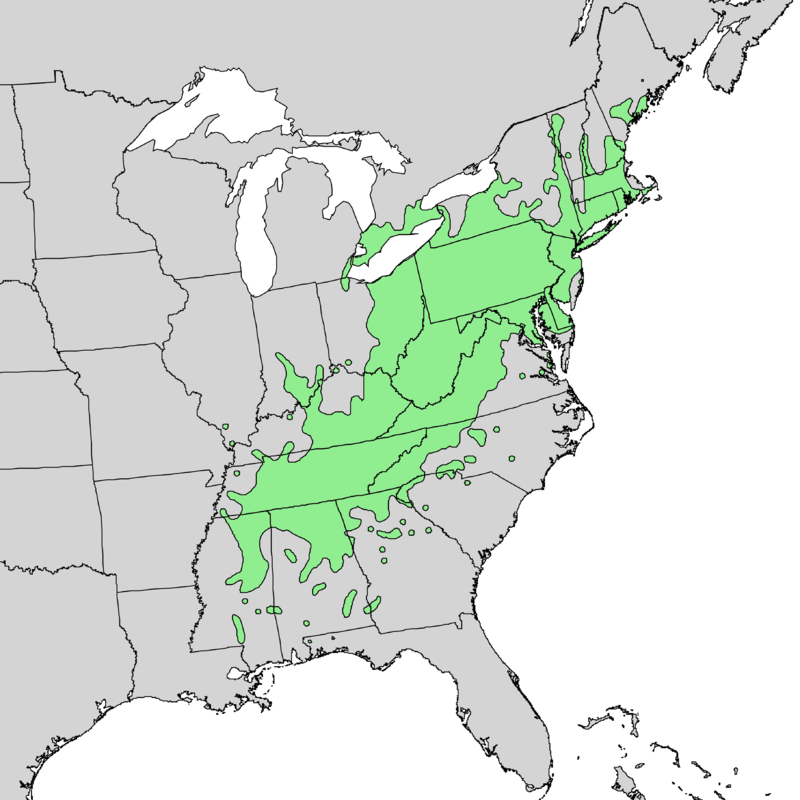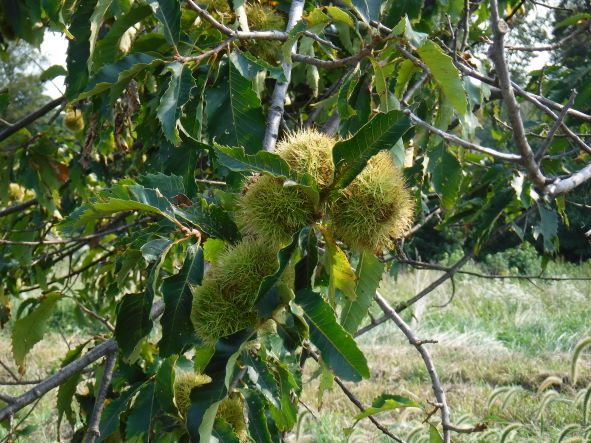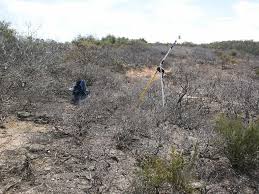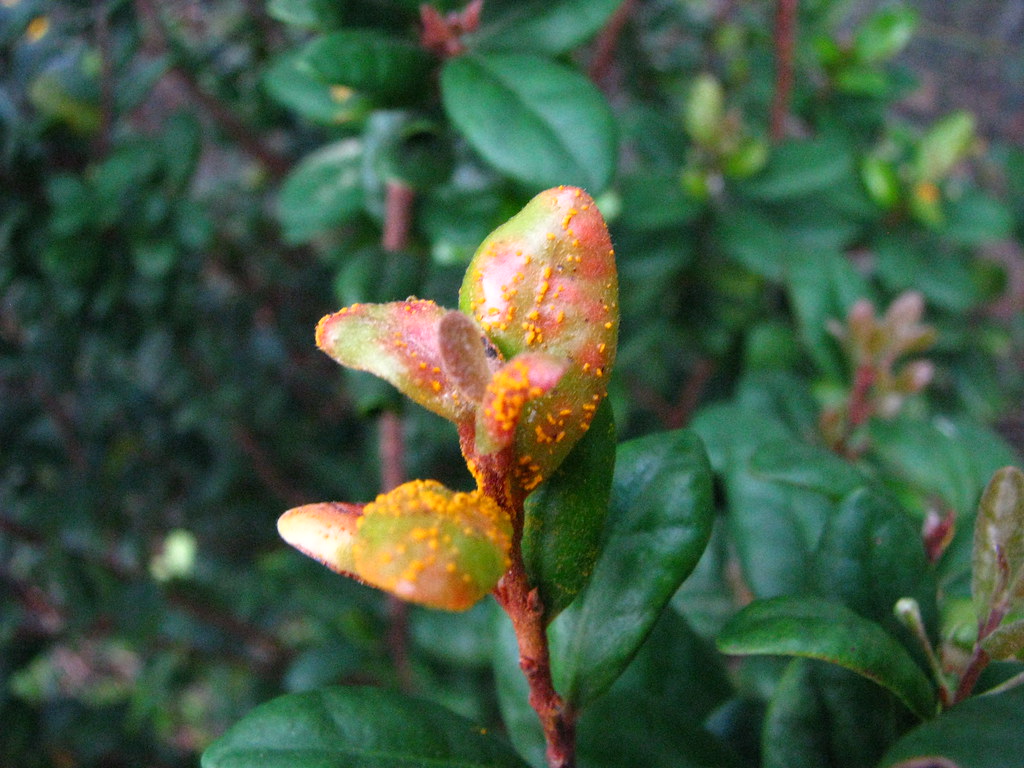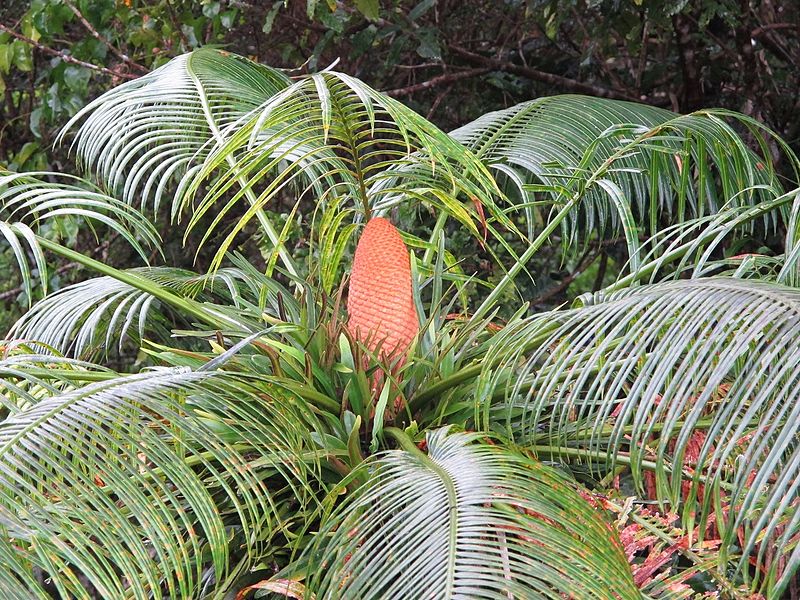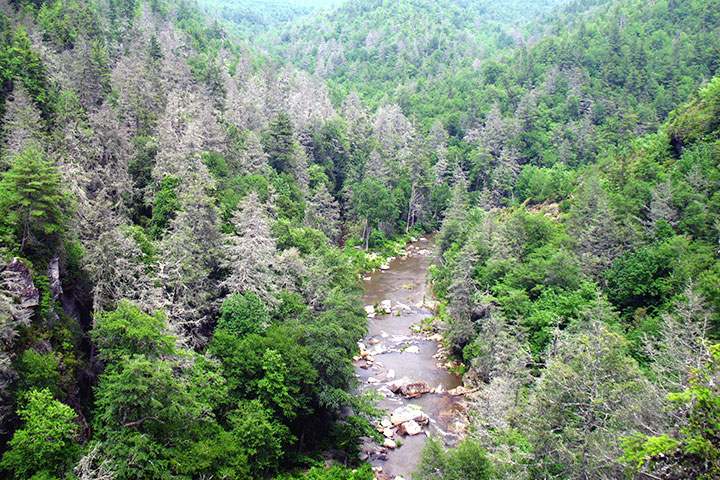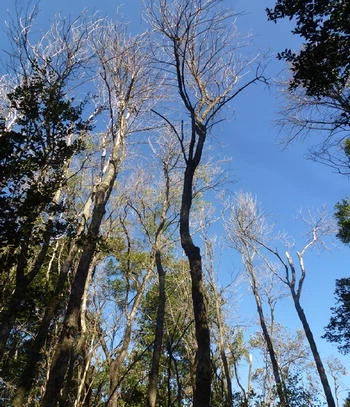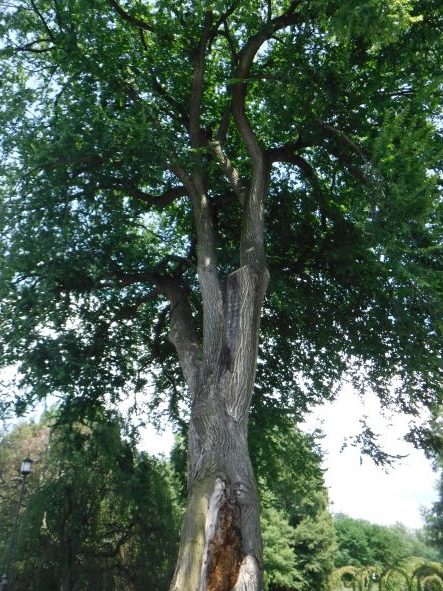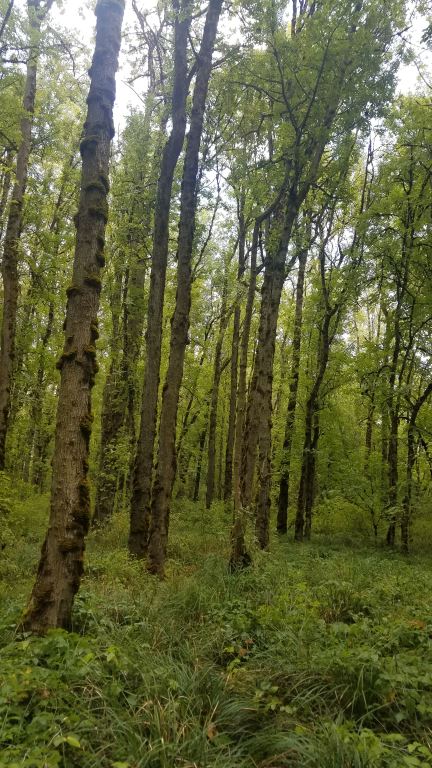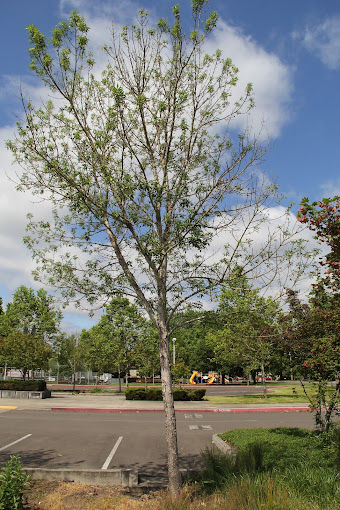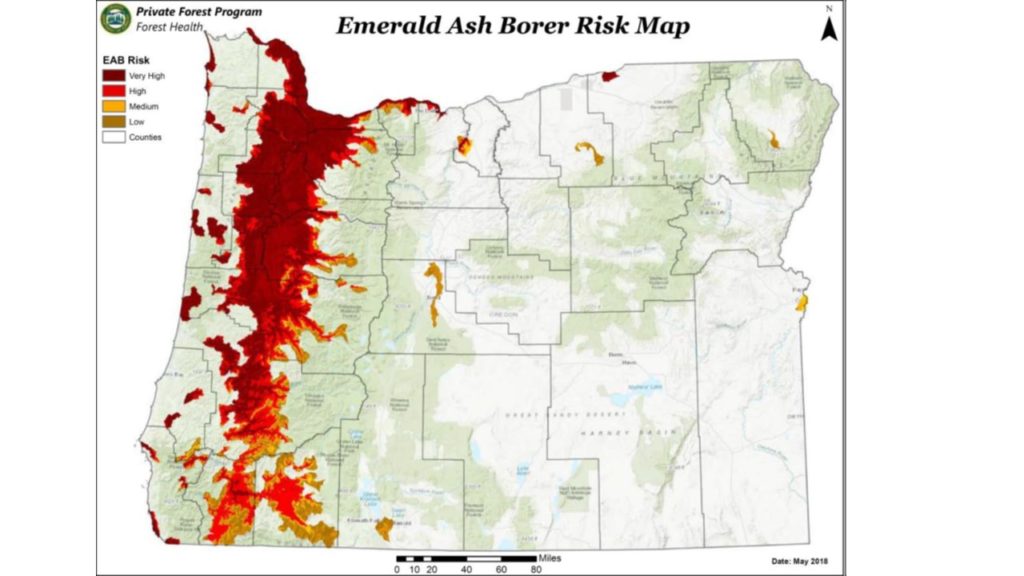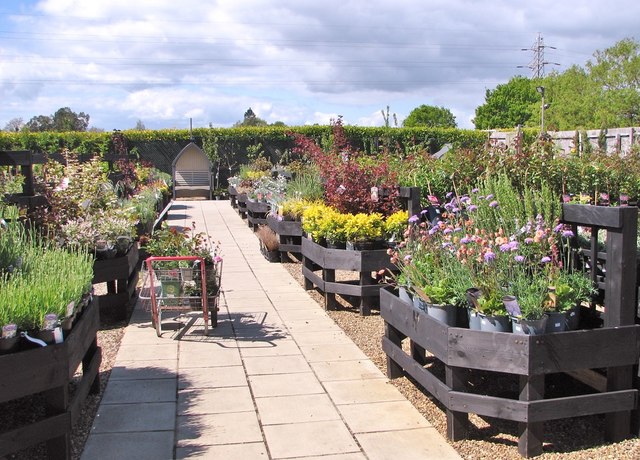
There has recently been a series of studies trying to use port detection data to determine which types of insects are most likely to arrive and possibly establish in the country. These studies – and related sources – are listed at the end of this blog. Some of the studies focus on the U.S. experience, but not all. Their – and my – conclusions are meant to be relevant around the globe.
I agree with Nahrung et al. (2022) as a correct definition of the problem:
“… despite decades of research on and implementation of [biosecurity] measures, insect invasions continue to occur with no evidence of saturation, and are even predicted to accelerate.”
I also think the issue they raise applies more broadly. As these experts point out, forest pests have received considerable attention, are the subject of a specific international regulation (ISPM#15), and the pest risks to a range of forests is relatively well understood and appreciated. So what does failing to control this group of pests – as I say the international phytosanitary system is – imply for other pests and pathways?
I appreciate these experts’ efforts to improve the many elements of excluding pests: prediction, pest risk analysis, targeted phytosanitary measures, enforcement actions, and early detection. However, we have a long way to go before we can confidently apply port data to determine pest approach rates as well as the efficacy of phytosanitary measures.
Problems with the Quality of the Port Detection Data
There is general agreement that detection data are not a reliable indicator of the true pest approach / arrival rate. Even Turner et al. (2022) – who titled their article “Worldwide border interceptions provide a window …” — concede this, although they try to find ways to apply the detection data anyway. According to pages 2 and 15 of Turner et al., true arrival rates of potentially invading species are usually difficult to estimate and probably exceed the number reported in the article. Allison et al. (2021) agree.
Turner et al. and Nahrung & Carnegie both note that many insect species established in the destination country are never or rarely detected. Turner et al. cite as an example spotted lanternfly, Lycorma delicatula, which appeared only once out of almost 1.9 million interceptions recorded in the combined global data. Nahrung & Carnegie note that 76% of species established in Australia were either never or rarely intercepted at the border.
Turner et al. explain that interception frequencies are a function of both the true arrival rates and the probability of (1) being detected during inspections (which depends on how these are carried out) and (2) being recorded. They say the data are more reliable when they report detections at the family-level. . The authors call on countries to base port inspections on a statistically based sampling program that would better reflect pest approach rates than do data biased by inspection priorities.
The issue of data quality might be broader. Certain kinds of pests travelling in certain types of imports might be sufficiently cryptic as to be rarely detected by even the best border inspections. Liebhold et al. (2012) found that APHIS inspectors detected actionable pests in only 2.6% of incoming shipments of plants, whereas a statistically valid audit determined that the actual approach rate was 12%. It is probable that many pests are never or rarely reported in official port detection data.
See a thorough discussion of the issues undermining use of interception data in Nahrung and Carnegie 2022, cited at the end of this blog.
Problems Due to Narrow Taxonomic Range of Pests Studied
Protection of our forests requires preventing introductions of many taxonomic groups, e.g., nematodes, fungal and other pathogens, viruses, and arthropods other than ambrosia beetles and Hemiptera.
I recognize that it is much more difficult to study and manage organisms other than common beetles. But the impacts of some introduced organisms in other categories have been devastating. I list some of the pathogens that have been introduced to the United States in recent decades, probably on imported plants: several Phytophthoras, ohia rust (Austropuccinia psidii), rapid ohia death (Ceratocystis lukuohia and C. huliohia), beech leaf disease, and the boxwood blight fungi. See Garbelotto and Gonthier (2022) for a thorough discussion of impacts of introduced forest pathogens.
Points of Agreement
I agree with Nahrung et al. that:
- Biosecurity successes are probably under-recognized because they are difficult to see whereas failures are more evident. They call this the “Biosecurity Paradox”: the more successful biosecurity is, the fewer new species establish so the less important it appears.
- Uncertainty regarding the costs and benefits of forest border biosecurity measures appears to have led to under-regulation and wait-and-see approaches. Some recent reviews (Cuthbert et al.) show that delay substantially increases the costs associated with bioinvasion. 297https://www.nivemnic.us/?p=3209
- Helping “weakest links” improve their performance is crucial. (see Geoff Williams et al.
- We need to revise international and national biosecurity practices. However, my proposals differ from those cited on page 221 of Nahrung et al.; see my “Fading Forests” reports [links at end of this blog] and earlier blogs here and here. A new complication is that pathologists complain that proposed systems proposed by various invasive species experts don’t reflect realities of managing plant pathogens (Paap et al. 2022).
I wish Nahrung et al. had suggested bolder interim steps that go beyond data management and research.
I appreciate that the Canadian report on forest biosecurity (Allison et al.) notes that claiming most introduced forest pests are reported to cause no measurable impact probably reflects our ignorance. I wish others who repeat this assertion, e.g., Nahrung et al. 2022, would explore this claim’s truth more carefully.
Points of Disagreement

I also found other statements about the efficacy of existing efforts to be too uncritical. So yes, ISPM#15 has resulted in decreased arrivals of bark- and wood-boring insects, as stated by Nahrung et al. 2022. However, the 36-52% decrease documented by Haack et al. (2014) is not sufficient to protect forests, in my view. Many publications have documented continuing introductions of damaging pests via the wood packaging pathway. For example, there have been 16 outbreaks of the Asian longhorned beetle (ALB) detected around the globe between 2012 and 2015 (Wang). Before we conclude that ISPM#15 has been a success, let’s see what the just-completed new study by Haack and colleagues shows. In addition, there has been controversy for a decade or more about what causes continuing introductions, that is, whether they result from treatment inadequacy v. sloppy application of treatments v. fraud. Why have scientists and regulators not collaborated to clarify this issue during this time?
I note – again – that many pathogens have been introduced widely over the last couple of decades. This is a global problem. My recent blogs have discussed introductions of tens of species of Phytophthora to countries around the world. Other examples include myrtle rust (Austropuccinia psidii) to 27 countries and the two causal agents of boxwood blight to at least 24 countries in Eurasia, New Zealand, and North America. Most of these species were unknown to science at the time of their introduction. Other species were known – but not believed to pose a threat because, in their native regions, their co-evolved hosts are not harmed.
I think Helen Nahrung (Nahrung et al.) exaggerates when she says that Australia has one of the strictest biosecurity systems in world. Several publications – some coauthored by her! – cite numerous shortfalls in applying the country’s phytosanitary programs to forest pests (Carnegie et al 2022). This latter group’s efforts have determined that at least 260 non-native arthropods and pathogens of forest hosts have established in Australia since 1885 (Nahrung and Carnegie 2020). True, this number is about half the number of non-native forest insects and pathogens that have established in the United States over a period just 25 years longer (Aukema et al. 2010). However, it is enough – and they have had sufficient impact – to prod these scientists to spend 30 years pushing for improvements.
Lessons Learned
Still, we can learn from these studies. Turner et al. compared insect interception data from nine regions over a 25-year period (1995 to 2019) – at ports in New Zealand, Australia, South Korea, Japan, Canada, mainland United States, Hawai`i, United Kingdom, and the region united under European Plant Protection Organization (EPPO) – Europe and the Mediterranean region.
They found that 174 species (2% of the total) were “superinvaders.” They were intercepted more than 100 times, and constituted 81% of all interceptions across all regions. Most of the same types of insects – even the same species – are arriving at ports around the world. The three species most frequently intercepted are all sap-feeding insects commonly associated with widely traded plants. In a separate study, Australian scientists found the same: about 40% of the alien pests detected at Australian borders were already widely introduced at the time of their introduction in Australia (Carnegie et al. 2022). The Australians report strong evidence of the bridgehead effect [that is, species being spread from locations to which they have been introduced] (Nahrung and Carnegie 2021). In fact, they conclude that higher interception rates might confirm invasion success rather than predict it.
Most of the species, however, are intercepted rarely. Turner et al. found that 75% of species reported in their nine regions were intercepted in only a single region. In fact, 44% of all species were intercepted only once (= “singletons”). Such singletons made up about half of individual species in five insect orders; the exception was Thysanoptera – 29% of those species were intercepted only once.
The 75% of all species that were intercepted in only one region included both species rarely intercepted anywhere and species intercepted numerous times – but only in that one region. The authors note that several possible factors might explain these differences. Some species are less likely to be intercepted, so it is not odd that they are detected infrequently, especially if all the regions have the same blind spots. Countries also have their unique approaches to data collection and inspection prioritization that could introduce biases in the data. Finally, countries vary in the sources of goods they import. Unfortunately, some of the data sets Turner at al. analyzed said nothing about the source country, pathway, or commodity. Consequently, they were unable to evaluate the influence of these factors.
Improving Our Understanding of the Current Risk to the U.S.
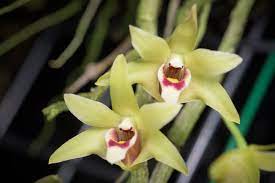
As I noted in a previous blog, U.S. imports of plants have increased by more than 400% since the 1960s; 35% in just the last 15 years (MacLachlan et al. 2022). In 2011, APHIS adopted an important new policy: temporary prohibition of plant taxa determined to be “Not Authorized for Importation Pending Pest Risk Assessment” (NAPPRA). Now we have a decade of experience with NAPPRA. Given that, and because the “plants for planting” pathway is among the most risky, APHIS should update the Liebhold et al. 2012 study to determine the current approach rate for all types of organisms that threaten North American tree species. Unlike the previous study, the update should include trees on Hawai`i, Guam, Puerto Rico and the other U.S possessions and territories. Finally, the study should try to evaluate the difference in risks associated with various types of plants and – possibly – also source regions.
Unknown Unknowns
As I noted above, problems curtailing introduction of tree-killing pests are not limited to the U.S. For more than a decade, scientists have noted that the international phytosanitary system has failed to prevent the rapid worldwide spread of significant pathogens via the international nursery trade. Examples include Brasier 2008; Liebhold el. al. 2012; Santini et al. 2013; Roy et al. 2014; Eschen et al. 2015; Jung et al. 2015; Meurisse et al. 2019; O’Hanlon et al. 2021. One of the principal concerns is the fact that most species of microorganisms have not been named by science, much less evaluated for their potential impacts on naïve hosts. This issue was raised by Sarah Green of British Forest Research at the annual meeting of the Continental Dialogue on Non-Native Forest Insects and Pathogens. She asked the APHIS representative whether the agency’s phytosanitary procedures (described here) are working to prevent introductions. She pointed to the issues raised by numerous scientific experts: pest risk analyses address only known organisms, so they cannot protect importers from unknown organisms.
U.S. scientists are beginning to address the issue of “unknown unknowns”. Some studies have taken a stab at evaluating traits of insects that are more likely to damage conifers (Mech et al.) and hardwoods (Schultz et al.). Jiri Hulcr – of the University of Florida — assessed the threat posed by 55 insect-vectored fungi to two species of oak and two species of pines. However, the forests of the southeastern U.S. comprise many other tree genera! He also set a very high bar for defining a threat as serious: the damage to the host must be equivalent to that caused by Dutch elm disease or laurel wilt. We urgently need APHIS, USDA/Forest Service, and academia to sponsor more similar studies to evaluate the full range of risks more thoroughly.
SOURCES
Allison J.D., M. Marcotte, M. Noseworthy and T. Ramsfield. 2021. Forest Biosecurity in Canada – An Integrated Multi-Agency Approach. Front. For. Glob. Change 4:700825. doi: 10.3389/ffgc. 2021.700825 Frontiers in Forests and Global Change July 2021 | Volume 4 | Article 700825
Carnegie A.J. and H.F. Nahrung. 2019. Post-Border Forest Biosecurity in AU: Response to Recent Exotic Detections, Current Surveillance and Ongoing Needs. Forests 2019, 10, 336; doi:10.3390/f10040336 www.mdpi.com/journal/forests
Carnegie A.J., F. Tovar, S. Collins, S.A. Lawson, and H.F. Nahrung. 2022. A Coordinated, Risk-Based, National Forest Biosecurity Surveillance Program for AU Forests. Front. For. Glob. Change 4:756885. doi: 10.3389/ffgc.2021.756885
Cuthbert, R.N., C. Diagne, E.J. Hudgins, A. Turbelin, D.A. Ahmed, C. Albert, T.W. Bodey, E. Briski, F. Essl, P. J. Haubrock, R.E. Gozlan, N. Kirichenko, M. Kourantidou, A.M. Kramer, F. Courchamp. 2022. Bioinvasion costs reveal insufficient proactive management worldwide. Science of The Total Environment Volume 819, 1 May 2022, 153404
Garbelotto M. and P. Gonthier. 2022. Ecological, evolutionary, and societal impacts of invasions by emergent forest pathogens. Chapter 7, Forest Microbiology. Elsevier 2022.
Li, Y. C. Bateman, J. Skilton, B. Wang, A. Black, Y-T. Huang, A. Gonzalez, M.A. Jusino, Z.J. Nolen, S. Freemen, Z. Mendel, C-Y. Chen, H-F. Li, M. Kolarik, M. Knizek, J-H. Park, W. Sittichaya, P.H. Thai, S-I. Ito, M. Torii, L. Gao, A.J. Johnson, M. Lu, J. Sun, Z. Zhang, D.C. Adams, J. Hulcr. 2021. Pre-invasion assessment of exotic bark beetle-vectored fungi to detect tree-killing pathogens. Phytopathology. https://doi.org/10.1094/PHYTO-01-21-0041-R
Liebhold, A.M., E.G. Brockerhoff, L.J. Garrett, J.L. Parke, and K.O. Britton. 2012. Live Plant Imports: the Major Pathway for Forest Insect and Pathogen Invasions of the US. www.frontiersinecology.org
MacLachlan, M.J., A. M. Liebhold, T. Yamanaka, M. R. Springborn. 2022. Hidden patterns of insect establishment risk revealed from two centuries of alien species discoveries. Sci. Adv. 7, eabj1012 (2021).
Mech, A.M., K.A. Thomas, T.D. Marsico, D.A. Herms, C.R. Allen, M.P. Ayres, K.J. K. Gandhi, J. Gurevitch, N.P. Havill, R.A. Hufbauer, A.M. Liebhold, K.F. Raffa, A.N. Schulz, D.R. Uden, & P.C. Tobin. 2019. Evolutionary history predicts high-impact invasions by herbivorous insects. Ecol Evol. 2019 Nov; 9(21): 12216–12230.
Nahrung, H.F. and A.J. Carnegie. 2020. NIS Forest Insects and Pathogens in Australia: Establishment, Spread, and Impact. Front. For. Glob. Change 3:37. doi: 10.3389/ffgc.2020.00037 Frontiers in Forests and Global Change | www.frontiersin.org 2 March 2020 | Volume 3 | Article 37
Nahrung, H.F. and A.J. Carnegie. 2021. Border interceptions of forest insects established in Australia: intercepted invaders travel early and often. NeoBiota 64: 69–86. https://doi.org/10.3897/neobiota.64.604
Nahrung, H.F. & A.J. Carnegie. 2022. Predicting Forest Pest Threats in Australia: Are Risk Lists Worth the Paper they’re Written on? Global Biosecurity, 2022; 4(1).
Nahrung, H.F., A.M. Liebhold, E.G. Brockerhoff, and D. Rassati. 2022. Forest Insect Biosecurity: Processes, Patterns, Predictions, Pitfalls. Annu. Rev. Entomol. 2023.68.
Paap, T., M.J. Wingfield, T.I. Burgess, J.R.U. Wilson, D.M. Richardson, A. Santini. 2022. Invasion Frameworks: a Forest Pathogen Perspective. FOREST PATHOLOGY https://doi.org/10.1007/s40725-021-00157-4
Schulz, A.N., A.M. Mech, M.P. Ayres, K. J. K. Gandhi, N.P. Havill, D.A. Herms, A.M. Hoover, R.A. Hufbauer, A.M. Liebhold, T.D. Marsico, K.F. Raffa, P.C. Tobin, D.R. Uden, K.A. Thomas. 2021. Predicting non-native insect impact: focusing on the trees to see the forest. Biological Invasions.
Turner, R. M., E. G. Brockerhoff, C. Bertelsmeier, R. E. Blake, B. Caton, A. James, A. MacLeod, H. F. Nahrung, S. M. Pawson, M. J. Plank, D. S. Pureswaran, H. Seebens, T. Yamanaka, and A. M. Liebhold. 2021. Worldwide border interceptions provide a window into human-mediated global insect movement. Ecological Applications 31(7):e02412. 10.1002/eap.2412
Wang, Q. (Ed.). 2017. Cerambycidae of the world: biology and pest management. Boca Raton, FL: CRC Press
Posted by Faith Campbell
We welcome comments that supplement or correct factual information, suggest new approaches, or promote thoughtful consideration. We post comments that disagree with us — but not those we judge to be not civil or inflammatory.
For a detailed discussion of the policies and practices that have allowed these pests to enter and spread – and that do not promote effective restoration strategies – review the Fading Forests report at http://treeimprovement.utk.edu/FadingForests.htm
or
